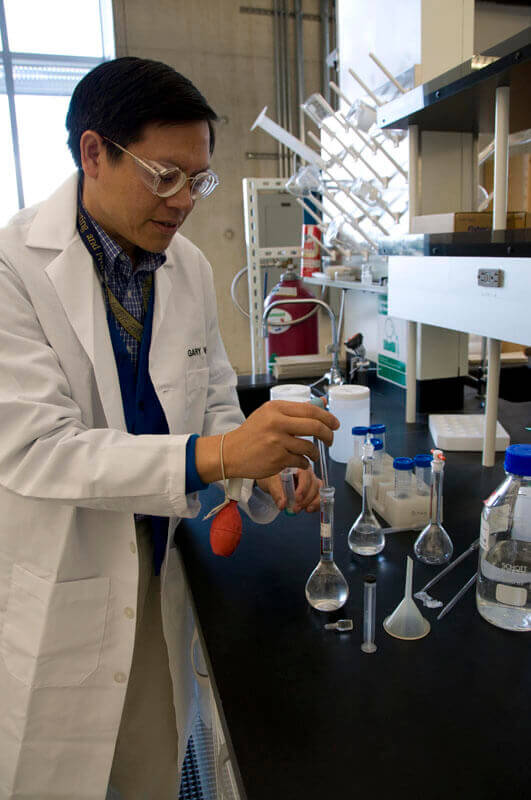Tricia AungPATH
Tricia Aung is a regulatory associate at PATH, a global nonprofit dedicated to ending health inequity.
[Editor's note 4/1/16:The Global Health Regulatory Requirements Database is no longer part of GHTC. The global health regulatory team's member site is now hosted on the Gates Foundation PDP forum.]

Navigating global regulatory processes is a critical component to the development and introduction of global health technologies. New drugs, vaccines, medical devices, and diagnostics must be evaluated and registered by national regulatory authorities before they can reach patients who need them. These technologies are typically intended for use in low- and middle-income countries (LMICs) which often have limited regulatory capacity and evolving regulatory requirements. As a result, securing clinical trial and product registration approval from national regulatory authorities can be a considerable hurdle for product developers.
The GHTC’s Global Health Regulatory Requirements Database, developed with support from the Bill & Melinda Gates Foundation, is a tool that helps product developers and global health advocates better understand and navigate regulatory requirements of LMICs. The database serves as a critical information tool to help facilitate the testing and launch of new, lifesaving global health technologies.
Here are four reasons why you should check it out:
1. It’s easy to use.
Organized by country and technology type, the database features high-level summaries of regulatory requirements for 25 countries in Africa, Asia, Europe, and Latin America. The database conveniently consolidates regulatory requirements for these countries in one place, so users don't have to spend as much time tracking down regulatory information for different countries. Think of it as Cliff Notes for global health regulatory processes.
2. It’s comprehensive, but still comprehensible.
Users can access top-line information on regulatory authority structure, relevant harmonization initiatives, ethics review processes, clinical trial and product registration application requirements, and pharmacovigilance requirements. You can also find links to key guidances and other relevant resources. All the information is presented in an easy-to-scan format so you can find what you seek.
3. It’s regularly updated.
In August 2014, the Global Health Technologies Coalition (GHTC) completed its annual verification of the database. All information in the database is systematically reviewed on an annual basis, and significant changes to country regulatory requirements also are added on an ad-hoc basis.
4. It’s constantly expanding.
During the last year, the GHTC introduced eight new countries to the database—Bangladesh, Ghana, Malawi, Malaysia, Nepal, Peru, Russia, and Ukraine! The GHTC also recently added country-specific labeling requirements and expanded information on regulatory authority collaborations with the World Health Organization and stringent regulatory authorities like the US Food and Drug Administration and European Medicines Agency.
Whether you are a global health product developer or an advocate, you’ll find the database to be a useful tool. It can help product developers access necessary information to formulate a regulatory strategy, and can help advocates identify areas to provide and champion technical assistance for capacity development, harmonization, and other ways to advance global regulatory processes.